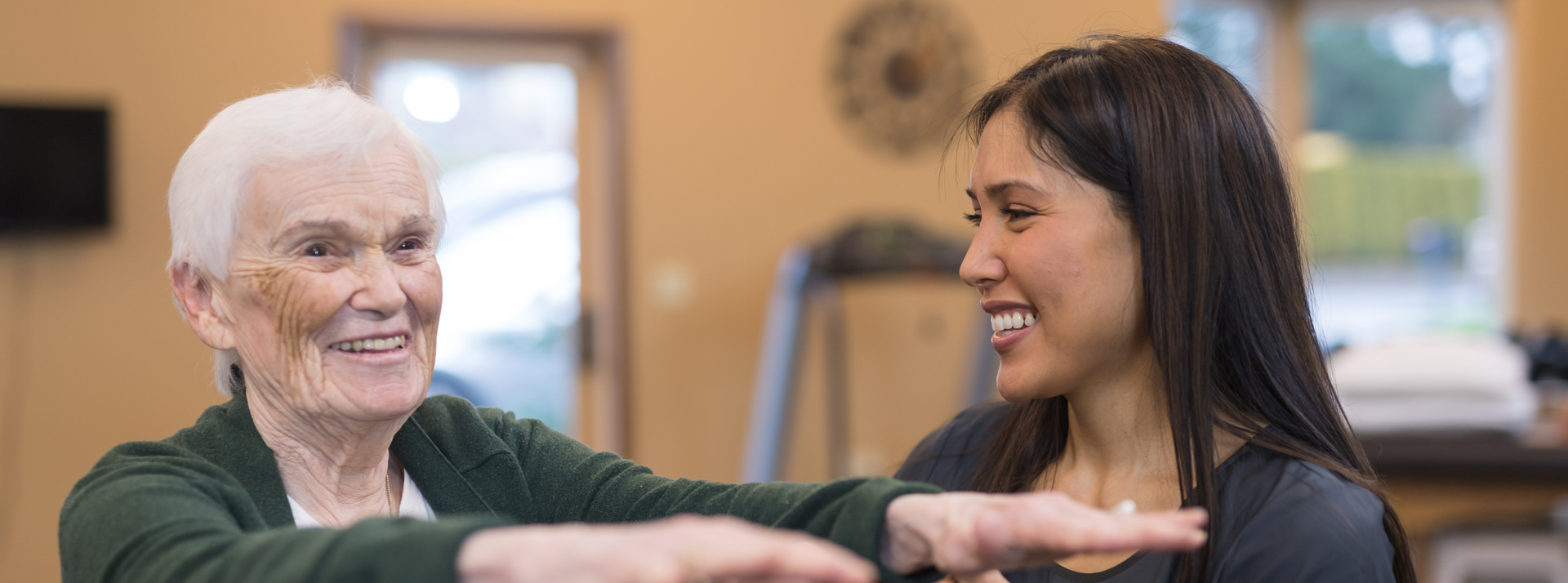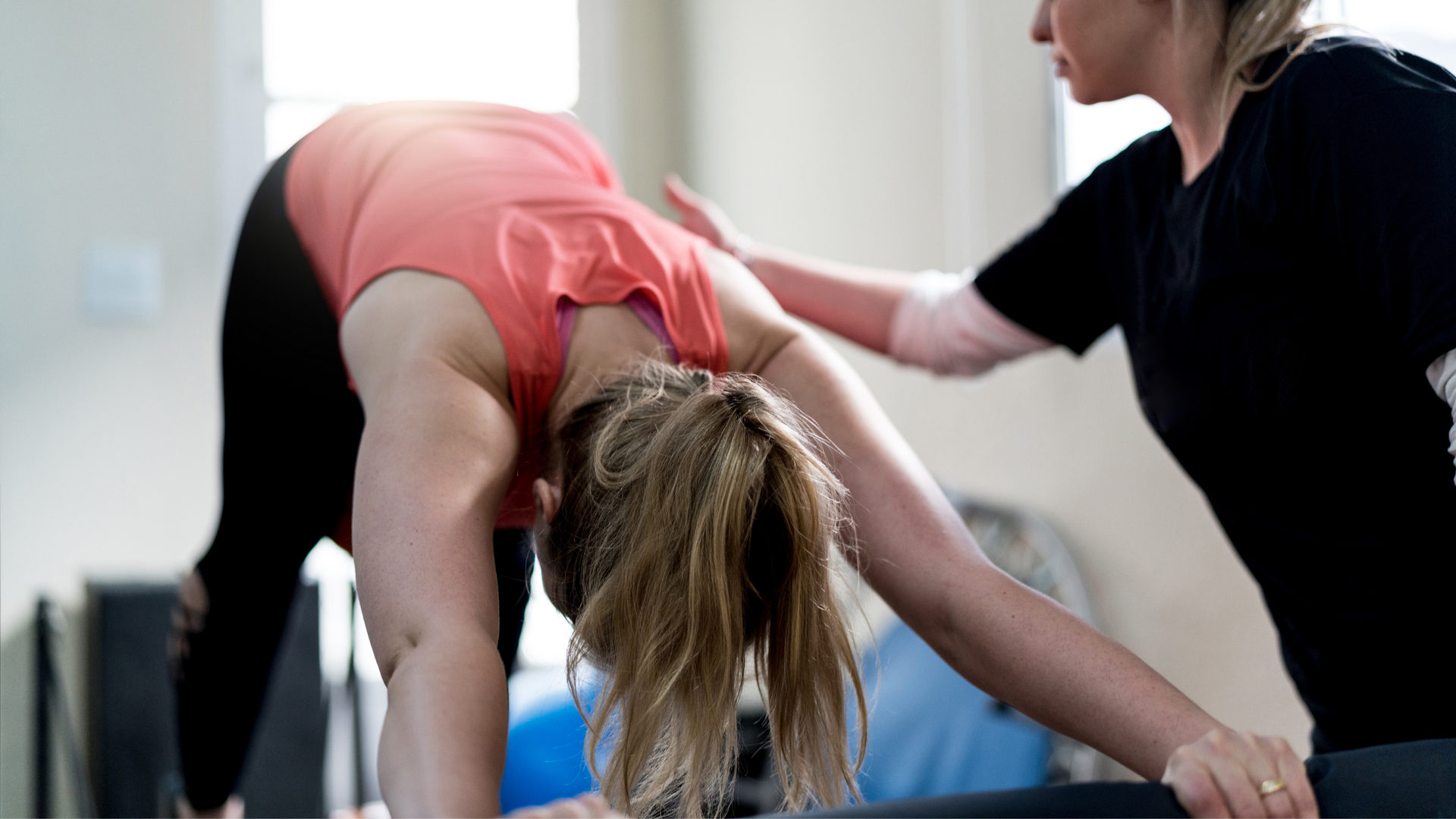Returning to Play post Concussion
Concussion is a traumatic brain injury. So how do you safely return to play?

Concussion is a traumatic brain injury.
Commonly the result of direct or indirect head or facial trauma, concussion negatively impacts a person’s personal life and career. While most people make a full recovery from concussion, some people struggle. Meanwhile, the idea that repeat concussive episodes may have a cumulative detrimental effect on cognitive function is receiving enormous attention in the sports medicine world. So, if you or someone you know has recently had concussion, how do you manage a safe and effective return to activity?
Optimal concussion management strategies involve careful assessment and monitoring of people throughout the return to learn and return to play process. This starts with a re-evaluation within 72 hours of the initial concussive episode, engaging in a period of relative rest, referral to appropriate health care professionals where indicated, and a graded, targeted rehabilitation period. The final stages of concussion management are recovery and return to learn (particularly important for kids) and return to sport.
Re-Evaluation
If you or someone you know, has experienced a concussion recently, the first step in a successful return to normal activity is getting re-evaluated by a suitably qualified health care professional. This will usually involve performing an assessment called the SCOAT6, or Sport Concussion Office Assessment Tool 6. This assessment tool provides a standardised framework to help inform the clinical evaluation process in an office setting. There is also a Child SCOAT6 for use in patients aged 8-12 years, and both can be compared against the results for a SCAT (Sport Concussion Assessment Tool) if one was performed at the time of injury.
There are a lot of factors that can impact the recovery from concussion, including pre-existing physical and mental health factors that should be assessed at re-evaluation. This might include other psychological screening tools, neurological and musculoskeletal assessments and referral to specialist medical doctors if indicated.
Rest and Exercise
It is highly recommended that initial exercise guidance and education on progression be provided by a health care professional such as your doctor or physiotherapist.
Strict rest until the complete resolution of concussion symptoms is not beneficial following sports related concussion. Relative rest, which includes activities of daily living, light physical activity that doesn’t exacerbate symptoms, and reduced screen time, are recommended in the initial 48 hours.
Initial aerobic exercise might include walking or stationary bike. Provided the level of activity does not result in an anything more than a mild exacerbation of symptoms AND symptoms are brief (less than 1 hour), the patient may advance the duration and intensity of activity at the next session. This is referred to as subsymptom threshold, and is a key component of successful and timely return to activity.
“Sleep disturbance in the 10 days AFTER a sports related
concussion is associated with an increased risk of persisting
symptoms and may warrant evaluation and treatment.”
Refer
If you are experiencing persistent concussion symptoms such as neck symptoms, headache, cognitive difficulties, balance disturbances or eye and ear problems, then referral to clinicians with specialised knowledge and skills in concussion management should be considered.
Symptoms that persist for greater than 4 weeks regardless of the age of the patient may be due to a pre-existing condition, concussion-related, or both. Ongoing reassessment with the SCOAT6 combined with targeted clinical evaluations for specific symptoms (eg, headaches, dizziness, cognition) can help determine the cause and guide referrals.
Rehabilitation
Rehabilitation for concussion should be individualised and targeted towards specific symptoms as well as overall recovery. In addition to gradual exposure to increasing volumes of aerobic exercises, specific treatment approaches and exercises may be required to address persistent neck pain, dizziness, headaches, and balance problems. Targeted exercises, soft tissue work, joint mobilisation, and dry needling can all be of benefit during the rehabilitation phase.
Again, regular re-evaluation throughout this period will help to progress the individual based on their presenting signs and symptoms and make suitable adjustments and referrals when indicated.
Recovery
Determining full recovery can be challenging due to the variation in outcome measures available to clinicians. Most clinics favour a combination of subjective, cognitive, and functional outcome measures to determine when recovery has been achieved. Functional outcomes need to be meaningful to the patient and where practicable should include sport and/or lifestyle related activities.
Return to Learn (RTL) and Return to Sport (RTS)
An important consideration for children, adolescents and young adults is the transition back to learning and school following concussion. For those with pre-existing considerations such as a prior learning disability, or in those who have had high acute symptom severity, the RTL process can be more challenging. Following the concepts introduced in ‘Rest and Exercise’, students should be gradually exposed to cognitive work and academic activities, with allowances for appropriate academic support including environmental, physical, curricular, and testing.
Progression through this strategy is symptom dependent, with only mild and brief exacerbations permitted.
Similarly, RTS follows a graduated stepwise strategy with progressive exposure to firstly light, then moderate, aerobic activity. With further resolution of symptoms, and using the subsymptom threshold as a guide, individual sport-specific activities can be introduced, followed by non-contact drills, full contact practice and eventually return to sport.
It is essential that progression through the later stages of RTS be monitored by a health care professional and be undertaken in a graduated fashion. This will provide the athlete with the opportunity to increase confidence throughout recovery, support psychological readiness to return to competitive play, and foster a shared RTS decision-making model.
“While the RTL and RTS strategies can occur in parallel,
student-athletes should complete full RTL before unrestricted RTS”.
How long is it going to take?
The time to return to sport will be impacted by numerous factors, including pre-existing conditions, previous concussion history, severity of the current episode and resolution of symptoms. As a guide, unrestricted return to sport following sports related concussion typically occurs within one month, with an estimated pooled mean time across all people of 19.8 days.
The Take Home.
Concussion is a serious issue that requires careful diagnostic assessment and proactive clinical management to maximizing recovery. We strongly advocate for patient education, return to activity guidance, and symptom-targeted treatment as pillars of successful concussion management and return to learning and sport.
If your looking for some more information on the management of concussion, check out the following links:
- https://www.concussioninsport.gov.au/
- https://sma.org.au/resources-advice/concussion/
- https://scat5.cattonline.com/
- https://www.headcheck.com.au/
Have you recently had a concussion and want to get it sorted? Give us a call.
We are part of a well-connected network of physiotherapists, massage therapists, doctors and surgeons and can treat and manage concussion and return to sport with a personalised, goal-oriented and comprehensive management plan.
Call now on 08 8945 3799 or click on BOOK AN APPOINTMENT to book online.
Sources
- Daly E., et al. (2022). An assessment of current concussion identification and diagnosis methods in sports settings: a systematic review. BMC sports science, medicine and rehabilitation, 14(1), 1-10.
- Patricios JS., et al. (2023). Beyond acute concussion assessment to office management: a systematic review informing the development of a Sport Concussion Office Assessment Tool (SCOAT6) for adults and children. British Journal of Sports Medicine, 57(11), 737-748.
- Piedade SR., et al. (2021). The management of concussion in sport is not standardized. A systematic review. Journal of safety research, 76, 262-268.
- Schneider KJ., et al. (2022). Concussion in sport: the consensus process continues. British journal of sports medicine, 56(19), 1059-1060.
- Silverberg ND., et al. (2020). Management of concussion and mild traumatic brain injury: a synthesis of practice guidelines. Archives of Physical Medicine and Rehabilitation, 101(2), 382-393.
- Yeo PC., et al. (2020). A systematic review and qualitative analysis of concussion knowledge amongst sports coaches and match officials. Journal of Sports Science & Medicine, 19(1), 65.
More articles
Our goal is to enable you to live a pain-free life, with full mobility.
Copyright 2020 Physiotherapy





